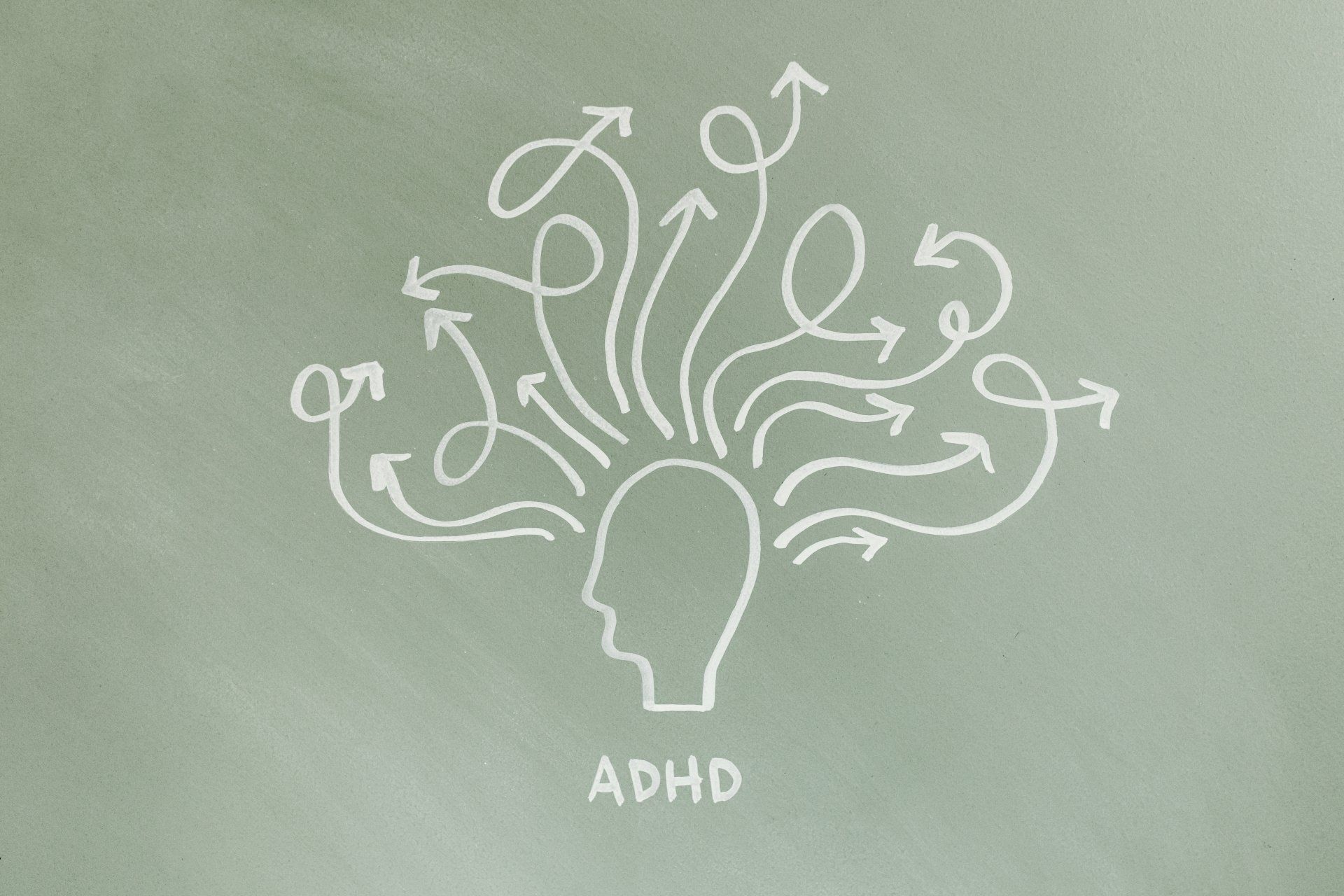Begin your journey to self-awareness
Providing the gold standard of mental health assessments
Our philosophy is to truly understand your needs
Founder and Executive Director at AG & Co Health.
Gurmat Khangura
With over 15 years’ experience in the mental health field, Gurmat's specialism lies in complex neurodiverse conditions such as ADHD, Autism, Tics, and mood disorders including anxiety & depression.
At AG & Co Health, he leads the ADHD Practice, running the assessment, diagnosis and treatment of children and adults.
Gurmat’s work spans both private and public practice. Within the NHS, he works in the Children & Adolescent Mental Health Services (CAMHS), covering Telford & Wrekin and Shropshire.

Schedule your free consultation today.
Take the first step toward clarity and empowerment. Schedule your free pre-assessment call and lets work toward a focused and fulfilling life








